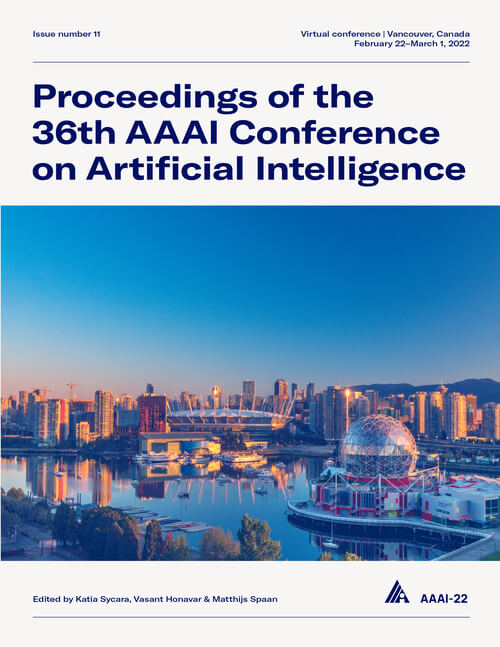Optimal Sampling Gaps for Adaptive Submodular Maximization
DOI:
https://doi.org/10.1609/aaai.v36i8.20821Keywords:
Machine Learning (ML)Abstract
Running machine learning algorithms on large and rapidly growing volumes of data is often computationally expensive, one common trick to reduce the size of a data set, and thus reduce the computational cost of machine learning algorithms, is probability sampling. It creates a sampled data set by including each data point from the original data set with a known probability. Although the benefit of running machine learning algorithms on the reduced data set is obvious, one major concern is that the performance of the solution obtained from samples might be much worse than that of the optimal solution when using the full data set. In this paper, we examine the performance loss caused by probability sampling in the context of adaptive submodular maximization. We consider a simple probability sampling method which selects each data point with probability at least r. If we set r=1, our problem reduces to finding a solution based on the original full data set. We define sampling gap as the largest ratio between the optimal solution obtained from the full data set and the optimal solution obtained from the samples, over independence systems. Our main contribution is to show that if the sampling probability of each data point is at least r and the utility function is policywise submodular, then the sampling gap is both upper bounded and lower bounded by 1/r. We show that the property of policywise submodular can be found in a wide range of real-world applications, including pool-based active learning and adaptive viral marketing.Downloads
Published
2022-06-28
How to Cite
Tang, S., & Yuan, J. (2022). Optimal Sampling Gaps for Adaptive Submodular Maximization. Proceedings of the AAAI Conference on Artificial Intelligence, 36(8), 8450-8457. https://doi.org/10.1609/aaai.v36i8.20821
Issue
Section
AAAI Technical Track on Machine Learning III

